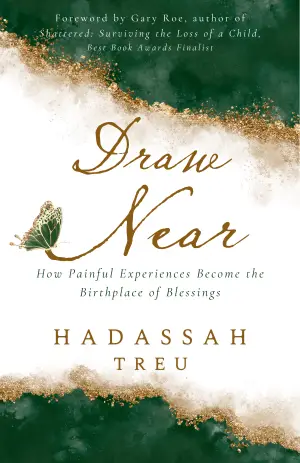A Journey Into “Flameborn: The Path of Dragons, Book 1”
When I first stumbled upon Flameborn: The Path of Dragons, Book 1 by Pedro Urvi, I was immediately drawn in by its tantalizing promise of a world filled with dragons, magic, and adventure. As someone who grew up devouring tales of mythical creatures and epic quests, this book felt like a perfect fit. Imagine my excitement when I discovered it was not just a fantasy story but one that tackles themes of identity, strength, and the struggle against oppression.
The Key Themes and Characters
At the heart of the story is Nahia, a fifteen-year-old girl with a secret: she carries dragon blood. In a world where dragons have subjugated humanity, Nahia’s dual heritage places her at a perilous crossroads. The tension between strength and vulnerability permeates the narrative, making her journey of self-discovery incredibly relatable. As she is thrust into a harsh martial academy where weakness is punished, Nahia’s character development is profound; her resilience shines in the face of insurmountable odds, and her struggle to hide her seizures adds complexity to her persona.
Urvi does a commendable job intertwining the themes of bravery and fear, exemplified when Nahia faces the brutal training of the dragons. Readers are captivated by her journey, rooting for her at every turn as she navigates not only physical challenges but also the psychological weight of her dual identity.
Writing Style and Narrative Techniques
Urvi’s writing carries a distinct warmth, but it sometimes falters, veering into repetitive territory. While some may find the pacing slow, it allows for deep character exploration. There are moments of humor and action that lighten the narrative—a much-appreciated balance amidst heavy themes. The world-building shines, and the layers of the dragon hierarchy and their lore are intriguing.
One of the highlights comes from the camaraderie Nahia builds with other characters. As she trains alongside humans and beings from other realms, the diversity in representation adds richness to the story, reminding readers of unity in struggle. Moments like Nahia’s interactions with her squadron are painted vividly, making you truly feel the stakes—each character’s uniqueness contributes to the overall narrative.
Personal Reflections
What struck me most was a particular passage where Nahia thinks, "Strength isn’t just about power; it’s also about knowing when to stand fast and when to run." It encapsulates the book’s essence—genuine courage is nuanced, and this theme resonated deeply with me.
In the reviews, many echoed my sentiments: while the writing can be stiff at times, the compelling plot and character depth outweigh these concerns. As one reviewer noted, “it takes a good book to keep me interested; this one seems to be doing it," illustrating the grip Flameborn has on its audience.
Conclusion
Flameborn: The Path of Dragons, Book 1 is more than a typical fantasy adventure; it’s an exploration of identity, resilience, and a young girl’s fight against tyranny. I wholeheartedly recommend it to anyone who enjoys middle-grade to young adult fantasy, especially fans of series like Harry Potter or The Ranger’s Apprentice. This book will engage both teens and adults alike, providing an exciting gateway into an expansive world filled with magic and deep moral dilemmas.
As I close the book, I find myself eagerly anticipating the next installment. If you want to journey through a world of dragons that challenges both the mind and soul, this saga is not one to miss!
You can find Flameborn: (The Path of Dragons, Book 1) here >>






